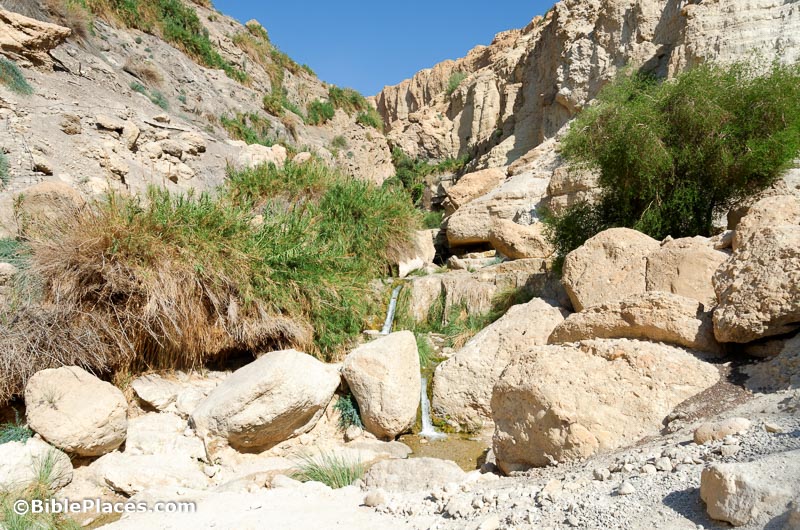A resident of the northern Israeli village of Araba discovered a Bronze Age settlement on his way to work.
This week Bryan Windle looks at el-Araj, the other candidate for Bethsaida. He provides the evidence both for and against this identification.
The Kingdom of Copper: Copper Production and Social Complexity in Iron Age Faynan, Jordan, is a good story that has been very creatively produced. (The subdomain “storymaps” is suggestive.)
In the last few years, Zedekiah’s Cave (aka Solomon’s Quarries) has become “a major venue for concerts and cultural events.”
Jerusalem looks as it has for the thousands of years, but that’s all about to change, writes Michael Kimmelman in the NY Times, because they are building a cable car to the Western Wall. (I think a case is considerably weakened when it is grossly overstated. And the cable car does not go to the Western Wall.)
Tourism to the West Bank is growing.
A high-tech analysis of the Temple Scroll helps to explain why this very thin parchment was so bright and possibly why it was so well preserved.
The excavations at Gath made it on Jeopardy this week. And you can now register for the penultimate season there.
Leon Mauldin shares several photos from Shepherds’ Field in Bethlehem.
If you enjoy virtually touring Israel, you can join John DeLancey as it posts daily about his current trip.
Tomorrow Duke is celebrating the conclusion of its years of excavating at Sepphoris.
Ahmed Shams describes the Library of Congress’s collections of photos related to the Sinai Peninsula Research project.
“Archaeology in Jordan (AIJ) is a new, biannual open access (OA) newsletter published online by ACOR aimed at raising scholarly awareness of archaeological and cultural resource management projects being carried out in Jordan and to make this information accessible to a wider audience.”
I am on The Book and the Spade this week, talking with Gordon Govier about my visit to Susa, the Persian capital where Esther lived.
There will be no roundups for several weeks.
HT: Agade, Joseph Lauer, Charles Savelle

